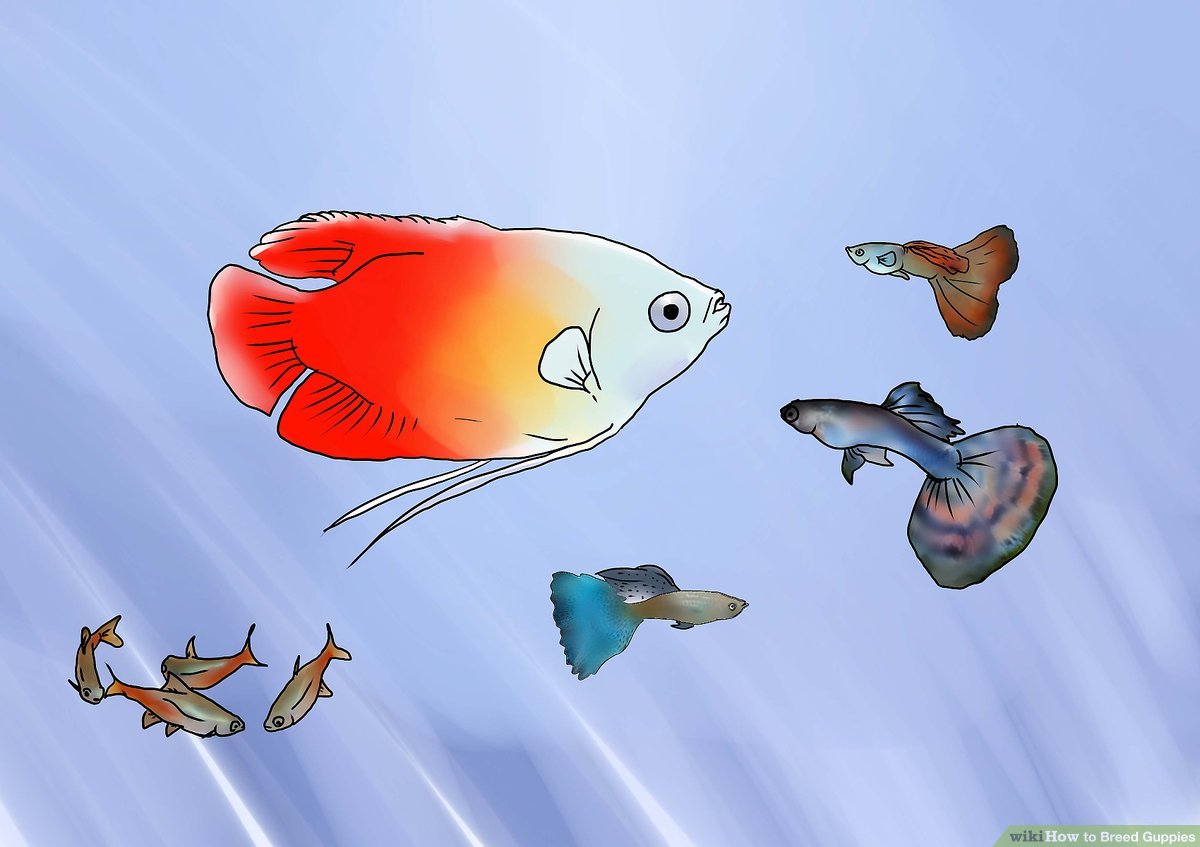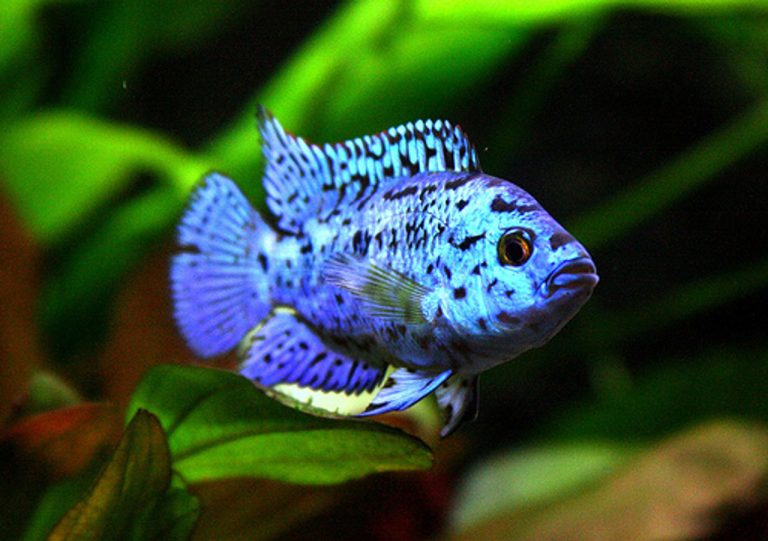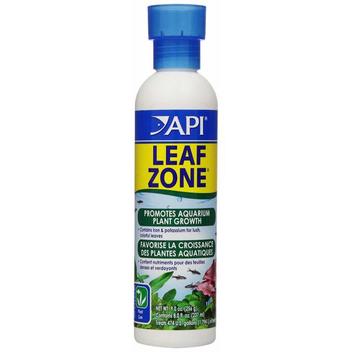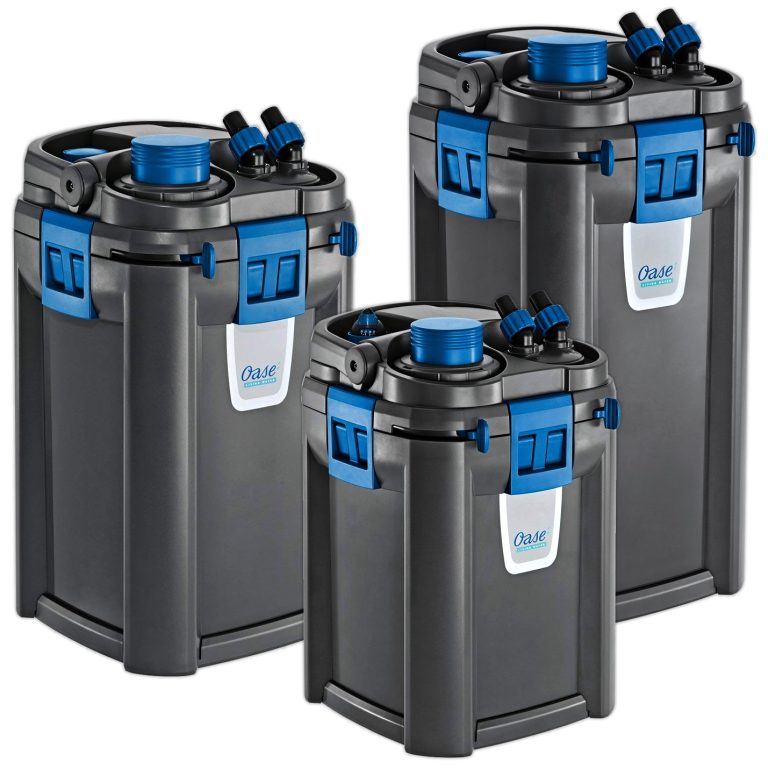Mixing Pregnant Guppies: What You Need to Know
No, it is not recommended to put 2 pregnant guppies together. Pregnant guppies are easily stressed and can become aggressive towards each other, leading to potential harm to themselves and their offspring.
Guppies are popular freshwater aquarium fish known for their vibrant colors and ease of care. However, breeding guppies can be a bit tricky as they require specific conditions to thrive. Pregnant guppies, in particular, need a stress-free environment to ensure the safe delivery of their fry.
Hence, keeping multiple pregnant guppies in the same tank can lead to stress, aggression, and potential harm to their offspring. In this article, we will explore the reasons why it is not recommended to put 2 pregnant guppies together. We will also provide some tips on how to identify a pregnant guppy and how to care for them during pregnancy.

Credit: www.aquariumnexus.com
Understanding Pregnant Guppies
The Basics Of Guppy Reproduction
Before discussing whether or not it is appropriate to mix pregnant guppies, it is essential to understand the basics of guppy reproduction. Here are some key points that you should be aware of:
- Guppies are livebearers, which means that they give birth to live young ones instead of laying eggs.
- The gestation period for pregnant guppies is typically around 21 to 30 days, depending on various factors such as water temperature, the maturity of the female guppy, and the size of the pregnancy.
- Female guppies can store sperm from multiple males, which means that multiple fathers can fertilize one batch of babies, and the offspring could have various physical characteristics.
- After giving birth, female guppies can become pregnant again within 24 hours, which makes them highly reproductive.
The Significance Of Mixing Pregnant Guppies
Now let’s come to the burning question: is it possible to mix pregnant guppies? The answer is yes, but it depends on various factors such as the temperament of the guppies, the size of the aquarium, and the availability of hiding spots.
Here are some points to consider:
- Mixing pregnant guppies is possible, but it is essential to ensure that there is enough space in the aquarium for them to swim around freely without getting stressed or aggressive.
- Pregnant guppies are more vulnerable than usual, as they can quickly become the target of aggression or stress from other fish. It is essential to provide hiding spots such as plants or caves.
- When guppies feel overcrowded, it can lead to stress, aggression, and even death. Ensure that the aquarium has enough space for all the guppies to swim around without getting into each other’s way.
Identifying Pregnant Guppies
Identifying pregnant guppies can be challenging for novice fish keepers, but it becomes easier with experience. Here are some tips to help you recognize pregnant guppies:
- Pregnant guppies have a visibly swollen belly, which looks rounder than usual. It can be challenging to see this at an early stage of pregnancy, but as they get closer to giving birth, the difference will be more apparent.
- The gravid spot, which is a dark spot near the female guppy’s anus, becomes more apparent when they are pregnant. This dark spot is the result of developing embryos showing through the mother’s skin.
- Pregnant guppies tend to become less active, as they are preparing to give birth. They may also stop eating or eat less than usual.
Mixing pregnant guppies is possible, but it requires careful management and a well-planned strategy to ensure the safety and well-being of all the fish in the aquarium. Always be observant and take measures to prevent overcrowding, stress, and aggression, and provide plenty of hiding spots for pregnant guppies.
Preparing For Mixing Pregnant Guppies
Keeping and breeding fish can be an enjoyable and rewarding experience, but it is essential to ensure that the creatures you mix can cohabit peacefully together. Therefore, it’s no surprise that many fish keepers wonder if they can put two pregnant guppies together.
The answer is yes; however, there are several things to consider before introducing them to each other. In this blog post section, we will explore what you need to prepare for when mixing pregnant guppies.
Optimal Tank Conditions
Before putting two pregnant guppies together, it is vital to ensure that the aquarium conditions are optimal for their health and wellbeing. Remember, these live creatures require a specific set of environmental factors to survive. Here are a few key points to consider:
- A guppy aquarium’s size should be a minimum of 5 gallons or 20 liters.
- The water temperature should be between 23 – 25°c (73 – 77°f).
- The ph level should range from 6.8 to 7.8.
- A filter should be installed to keep the water clean.
- Regular water changes should be made to prevent the accumulation of toxins, waste, and harmful bacteria in the tank.
Proper Aquatic Plants And Decorations
It is essential to include proper aquatic plants and decorations in the aquarium to ensure a stable environment for the pregnant guppies. Here are a few things you should consider when preparing your aquarium for mixing pregnant guppies.
- Live plants should be included in the aquarium to mimic their natural habitats.
- Aquatic plants and decorations can provide hiding places for the fish to protect themselves.
- The use of gravel or sand at the bottom of the aquarium can act as a natural filter and provides important bacteria to help keep the habitat healthy.
Understanding Compatible Tank Mates
It’s essential to make sure that your existing tank mates can cohabit with the guppies without harming them. Here are a few things to keep in mind when considering tank mates.
- Peaceful and compatible fish that are small in size are the best tank mates for guppies.
- Aggressive fish types such as cichlids, barbs, and bettas should not be mixed with guppies.
- Avoid mixing too many males together, as this often leads to aggression and can cause harm to the females in the tank.
Proper aquarium maintenance, including optimal tank conditions, proper aquatic plants and decorations, and understanding compatible tank mates is essential before mixing pregnant guppies. Taking the time to prepare the aquarium will ensure the health and wellbeing of the guppies and any potential offspring.
Remember, creating a stable and healthy environment is key to a successful aquarium.
Introducing Pregnant Guppies To Your Tank
Are you a proud owner of a guppy tank, and wondering if you can add another pregnant female to it? The short answer is yes, you can! However, there are a few things you should consider to ensure a smooth introduction of your new guppy, while also ensuring the safety of your current fish.
In this section, we will discuss the gradual introduction process, monitoring the behavior and signs of distress, and methods of encouraging interactions when introducing pregnant guppies to your tank.
Gradual Introduction Process
It’s important to remember that sudden changes or introductions to any fish tank can be a stressful experience for all fish involved. Therefore, it’s recommended that you take the time to introduce your new guppy to the tank gradually. Below are some tips on how to do it:
- Acclimate the new guppy to the water in the new tank. Float the bag containing the guppy in the water of the tank for 10 – 15 minutes to make the guppy accustomed to the new water temperature.
- Release the guppy into the tank. Allow the guppy to swim around on their own for a few hours before introducing them to any other fish.
- Start by introducing the guppy to one or two smaller, peaceful fish. Monitor their behavior for a few days before introducing the guppy to any larger or more aggressive fish.
Monitoring Behaviour And Signs Of Distress
When you introduce your new guppy to the tank, you will want to monitor their behavior along with the other fish. This can help you identify any issues, such as stress or aggression, that may arise. Here are some behaviors to look out for:
- Flicking their fins rapidly
- Lack of appetite
- Hiding frequently
- Physical injuries
Methods Of Encouraging Interactions
Once you’ve introduced your new guppy to the tank and monitored their behavior, it’s time to start encouraging interactions between the guppies. Below are some tips on how to achieve this:
- Add some plants or decorations to give the guppies a place to hide and feel more comfortable. This can also provide a visual barrier that the fish can hide behind.
- Give the fish plenty of food. This will encourage them to swim around and interact with each other, creating a more natural environment.
- Add fish of similar size and temperament to ensure that all fish get along. This will create a more harmonious environment for the fish to live in.
Adding a pregnant guppy to your tank can be a great addition. However, it’s important to take the time to introduce them gradually, monitor their behavior, and encourage positive interactions. Following these steps will help ensure both the safety and happiness of all of your fish.
Ensuring The Health And Safety Of Pregnant Guppies
Breeding hobbyists are often interested in knowing whether two pregnant guppies can be kept together, or if there are any risks involved. While it’s possible for two pregnant guppies to coexist, keep in mind that certain precautions must be taken to ensure the health and safety of these fish.
Proper Nutrition And Diet
In order to maintain the health and well-being of pregnant guppies, a proper diet is crucial. Here are some essential points to follow:
- Pregnant guppies require a protein-rich diet, particularly during the latter stages of pregnancy.
- Consider elevating the levels of protein content in their diet by adding freeze-dried brine shrimp or daphnia.
- Regular feeding of small amounts of high-quality fish food is preferential to feeding larger quantities in one sitting.
- Avoid overfeeding pregnant guppies, as obesity-related health problems can arise.
Addressing Health Concerns
Certain health issues can impact the well-being of pregnant guppies. Here are some key points to keep in mind:
- Pregnant guppies are susceptible to fungal infections. To combat this, maintain the tank’s cleanliness by performing regular water changes and testing ph levels.
- Pregnant guppies are also prone to stress-related illnesses. The presence of disruptive tank mates, excess light, or a noisy environment can cause stress. Ensure that the aquarium is peaceful and free of disturbances.
- To prevent diseases from spreading, quarantine any ill guppies in a separate tank.
Handling Birth And Fry Care
When it comes to handling birth and fry care of pregnant guppies, consider these essential points:
- Pregnant guppies give live birth, with fry born fully formed and able to swim.
- Separating the mother guppy from the fry after birth can prevent possible cannibalism and can assist with fry development.
- Fry can be fed baby brine shrimp or crushed flakes every three to four hours.
- Keeping the aquarium temperature consistent at around 75°f will encourage the healthy growth of fry.
While it’s possible to keep two pregnant guppies together, special care must be taken to ensure their health and safety. By following proper nutrition and diet, addressing health concerns, and handling birth and fry care, breeding enthusiasts can successfully maintain their pregnant guppies.
Frequently Asked Questions On Can I Put 2 Pregnant Guppies Together
Can Two Pregnant Guppies Be Kept Together In The Same Tank?
Yes, you can keep multiple pregnant guppies together in the same tank as long as you have enough space and resources for them.
How To Identify If A Guppy Fish Is Pregnant?
Female guppy fish have a large, rounded belly and a darker gravid spot near the anal fin. They may also become more reclusive and restless.
What Is The Gestation Period Of A Pregnant Guppy Fish?
The gestation period for guppy fish typically ranges from 21 to 30 days, with the length varying based on the water temperature.
How To Take Care Of Pregnant Guppies And Ensure Their Safety?
Provide them with a separate breeding tank with plants, hiding spots, and a heater. Feed them nutritious food and conduct regular water checks.
Conclusion
Ultimately, putting two pregnant guppies together can be tempting for many fish owners. However, it is important to understand the risks and potential problems that can arise. If a pregnant guppy is stressed or feels threatened, it may lead to poor health outcomes for both the mother and her offspring.
In addition, there is a risk of overcrowding in the tank, which can lead to poor water quality and decreased oxygen levels. Therefore, it is recommended to separate pregnant guppies into their own tanks to ensure the health and safety of both the mother and her babies.
By providing the necessary care and attention, your pregnant guppy can thrive and give birth to a healthy brood. As with any pet ownership, it is important to prioritize the well-being of your fish and make informed decisions for their care.






